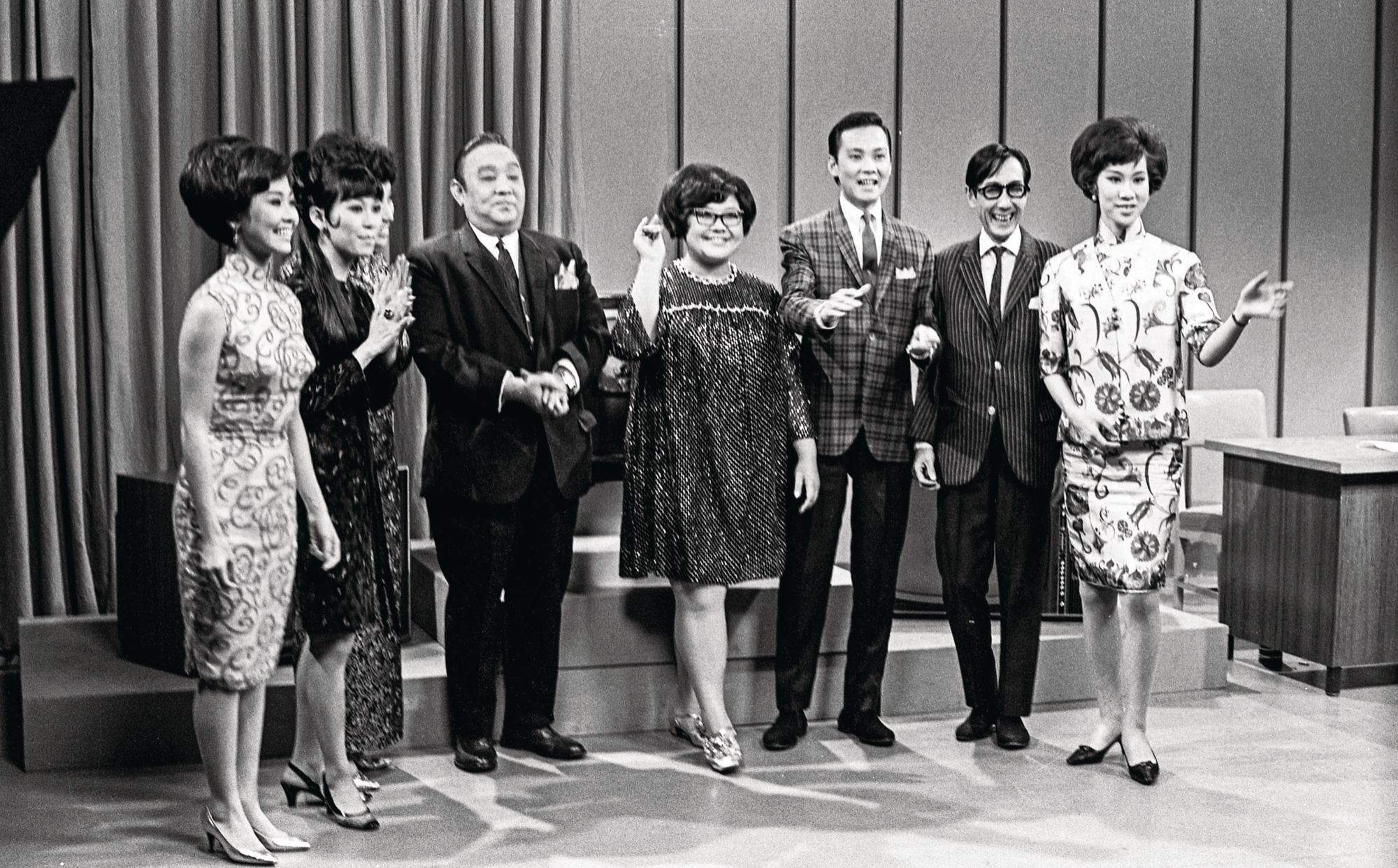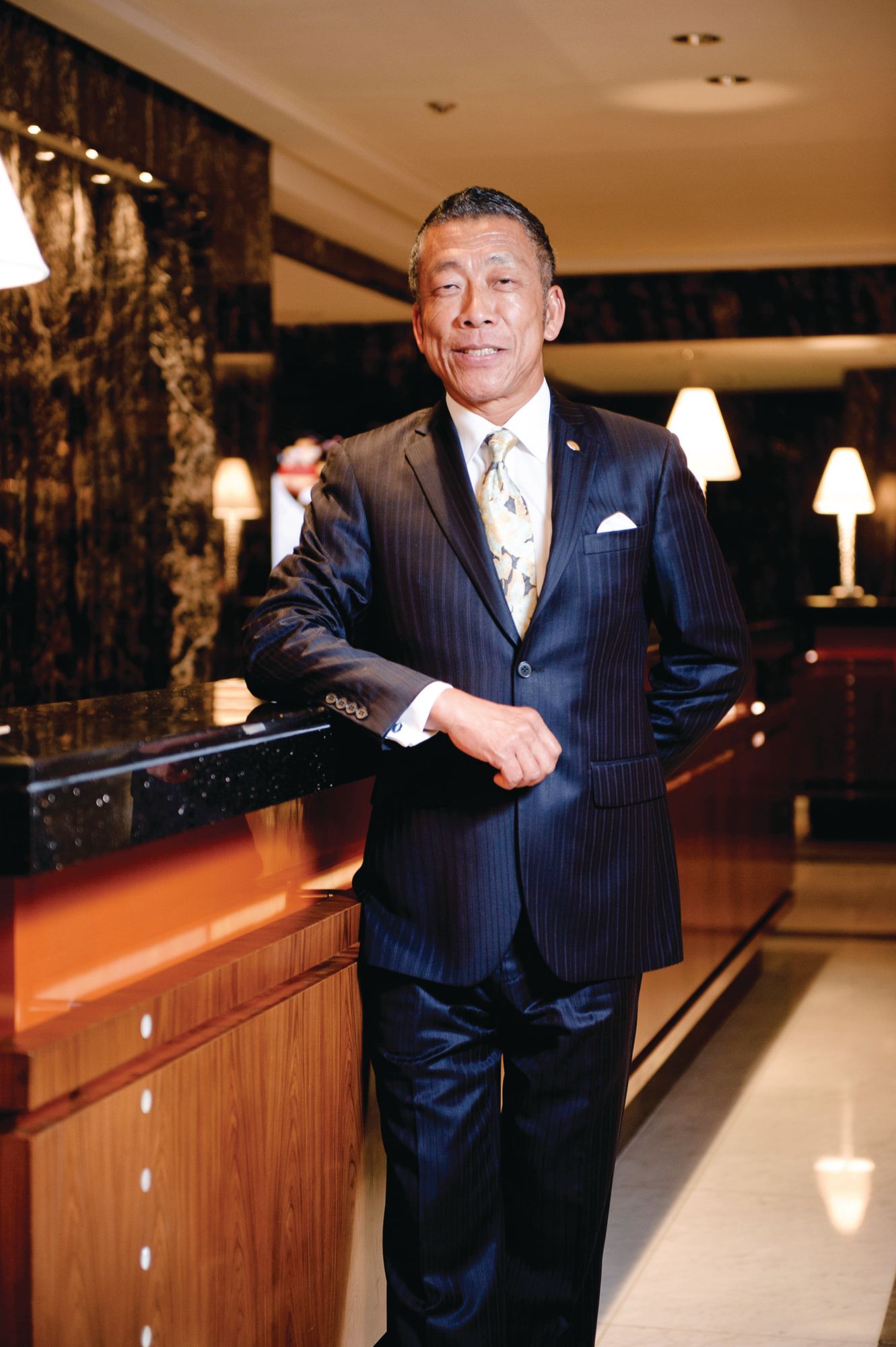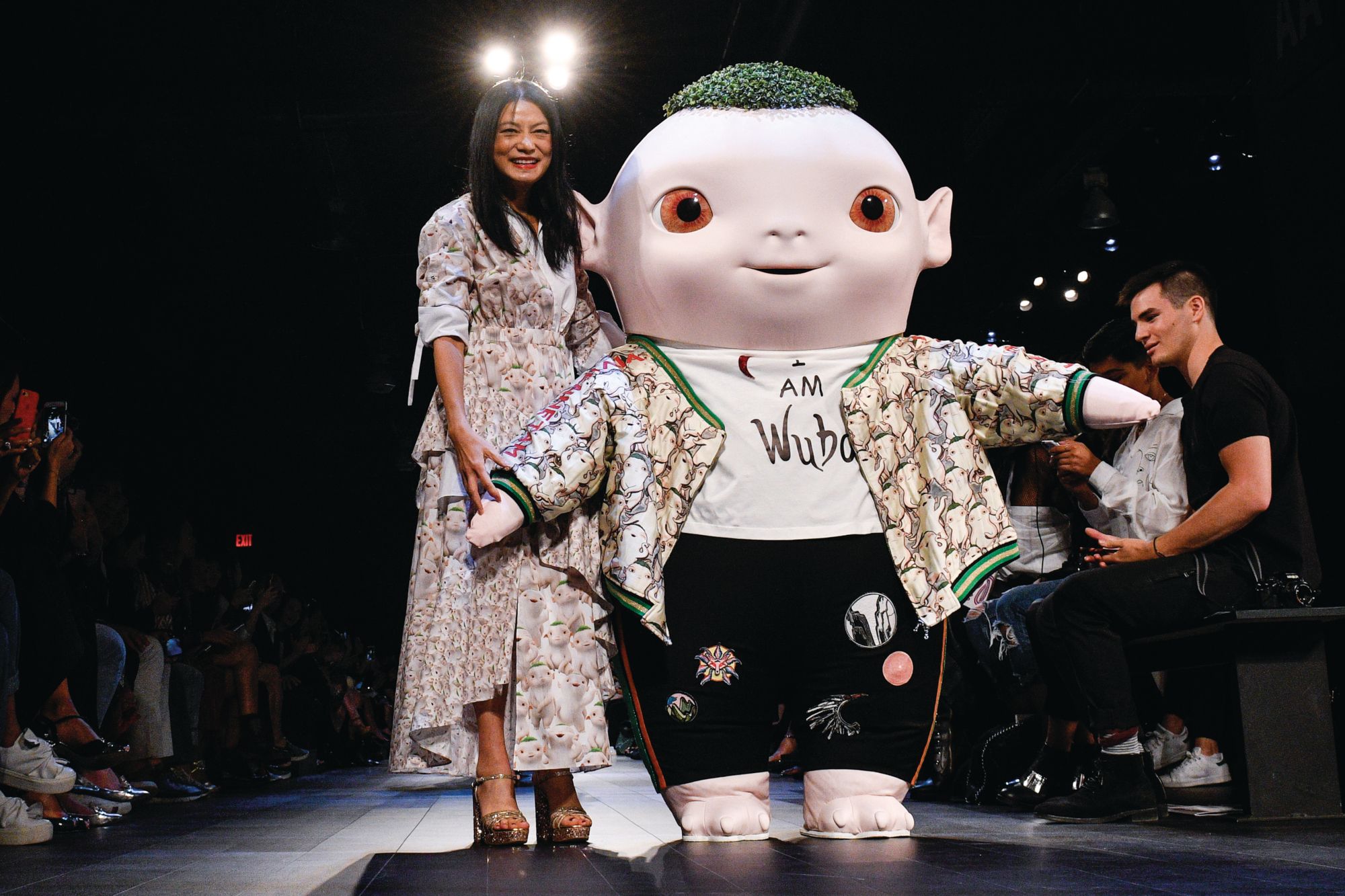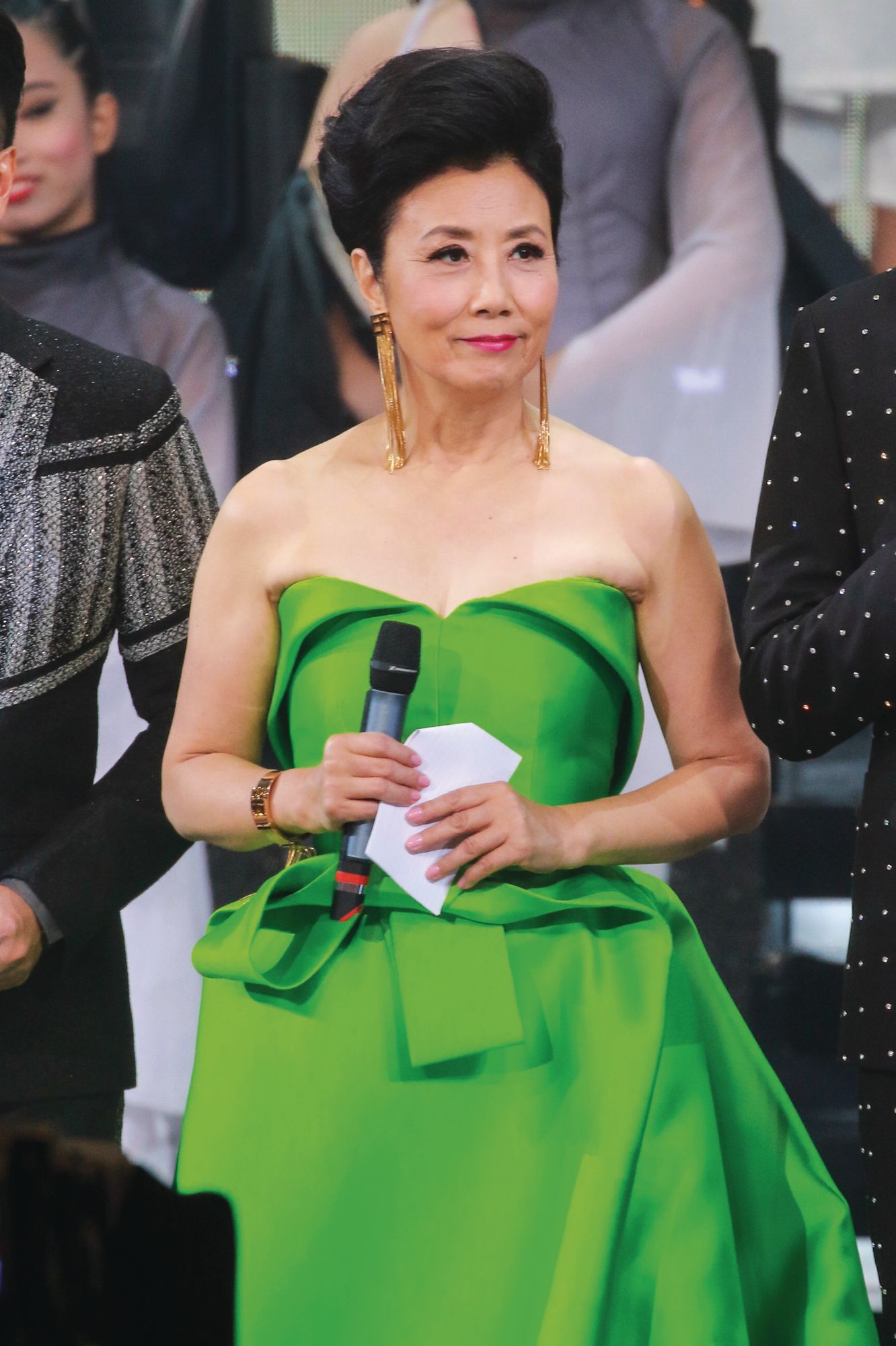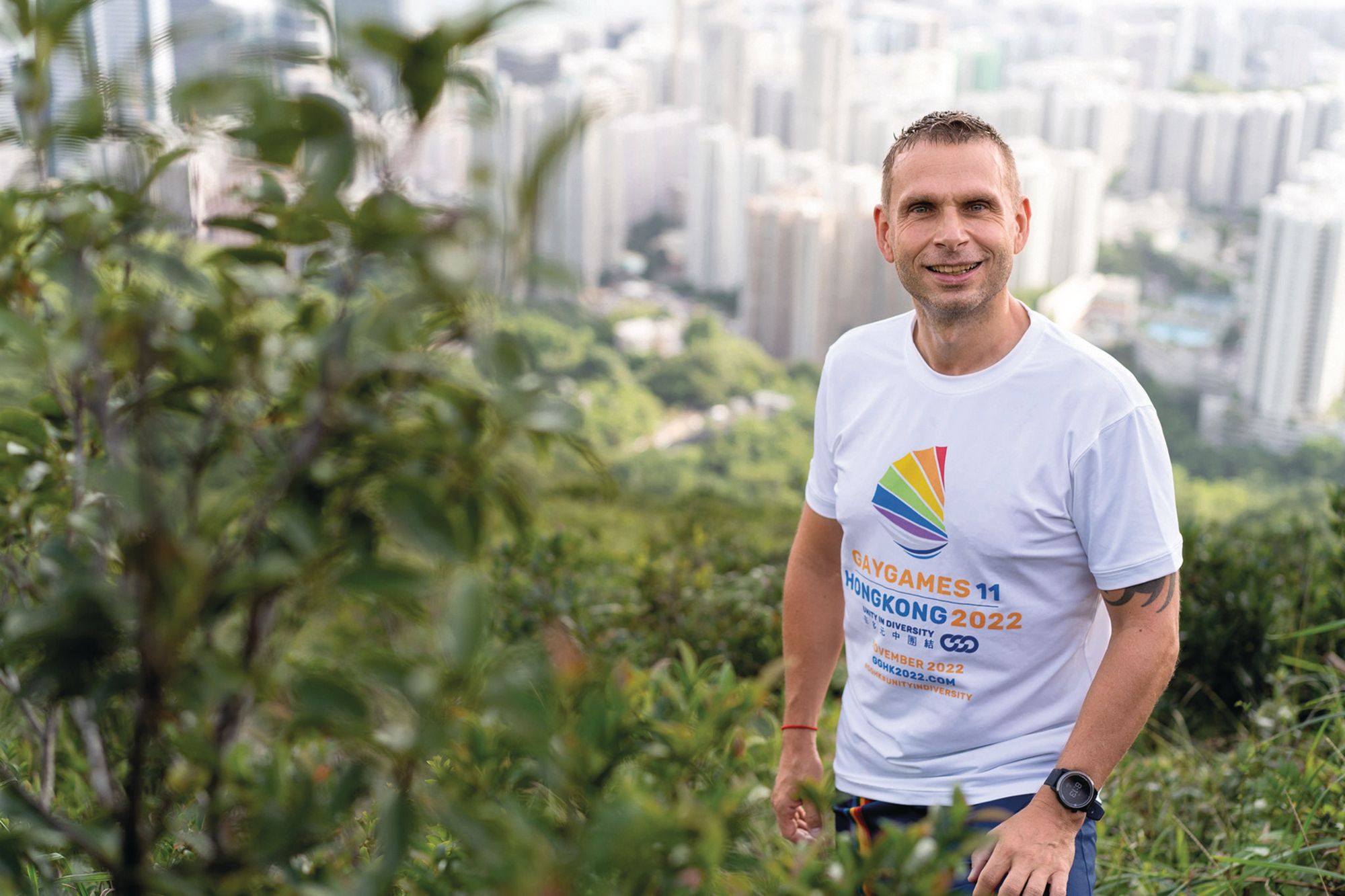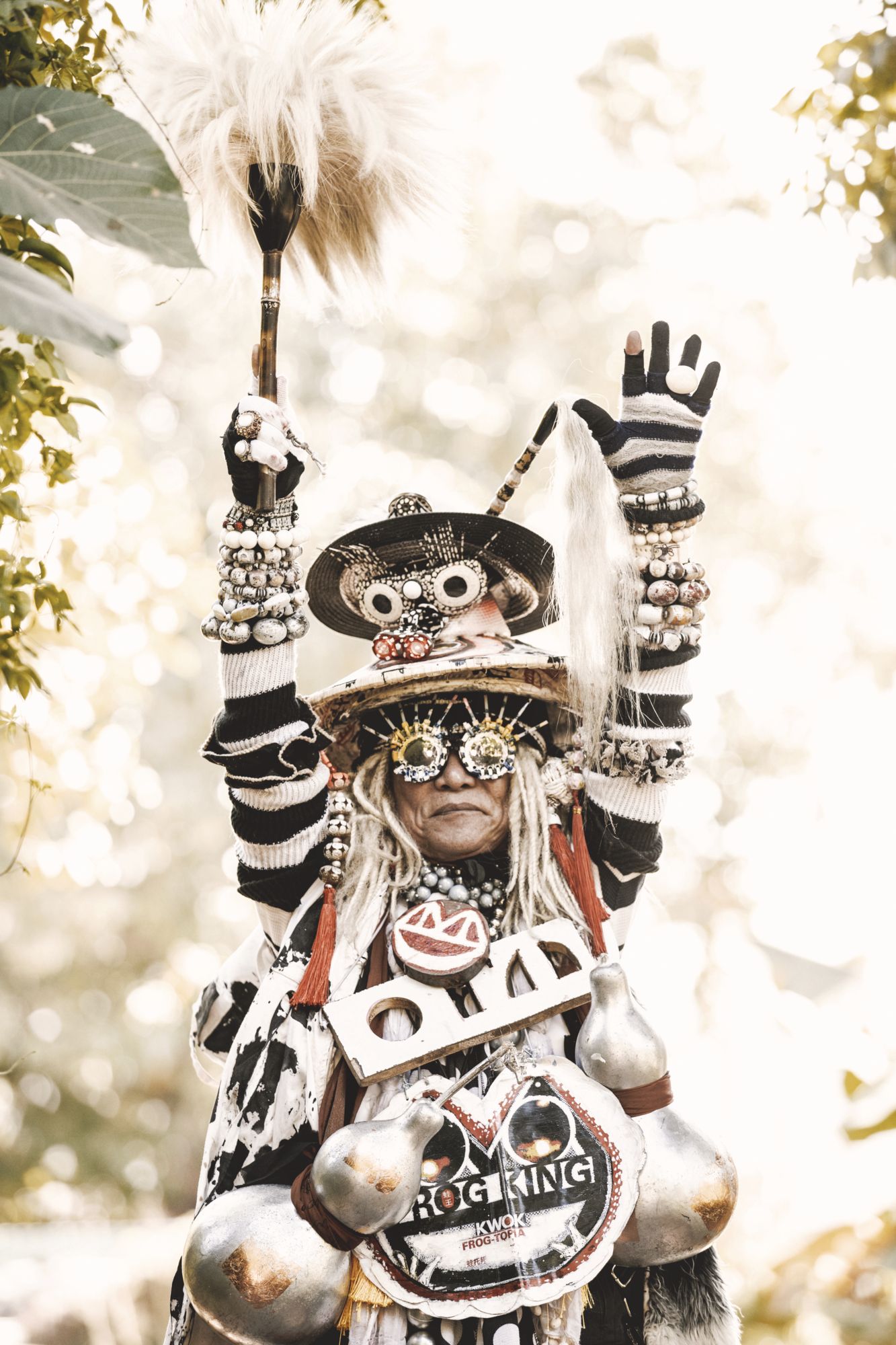Tatler’s man about town shines a light on the pivotal moments that have shaped Hong Kong culture
Increasingly of late, I have heard people complain Hong Kong is losing its unique cultural identity. To those people I say: allow me to illuminate just a few colourful people, places and things that I feel represent our city’s unique cultural heritage—past, present and future.
See also: 10 Traditional Trades To Support In Hong Kong Before They Disappear
1. God of Song

Musician, singer, songwriter and actor Sam Hui Koon-kit sang about the everyday struggles of the working class, propelling him to stardom in the early Seventies and paving the way for the Eighties Cantopop boom. Dubbed the “God of Song”, Hui wrote lyrics using everyday Cantonese, rather than more formal Chinese, with western instrumentation. His lyrics were harsh at times, expressing discontent around social issues. Despite being officially retired, last year Hui was the first Hong Kong artist to host a virtual charity concert for Covid-19 relief, for 2.5 million viewers.





